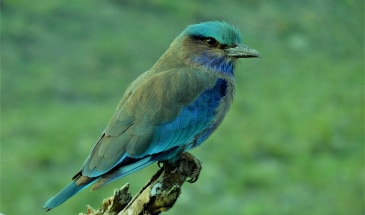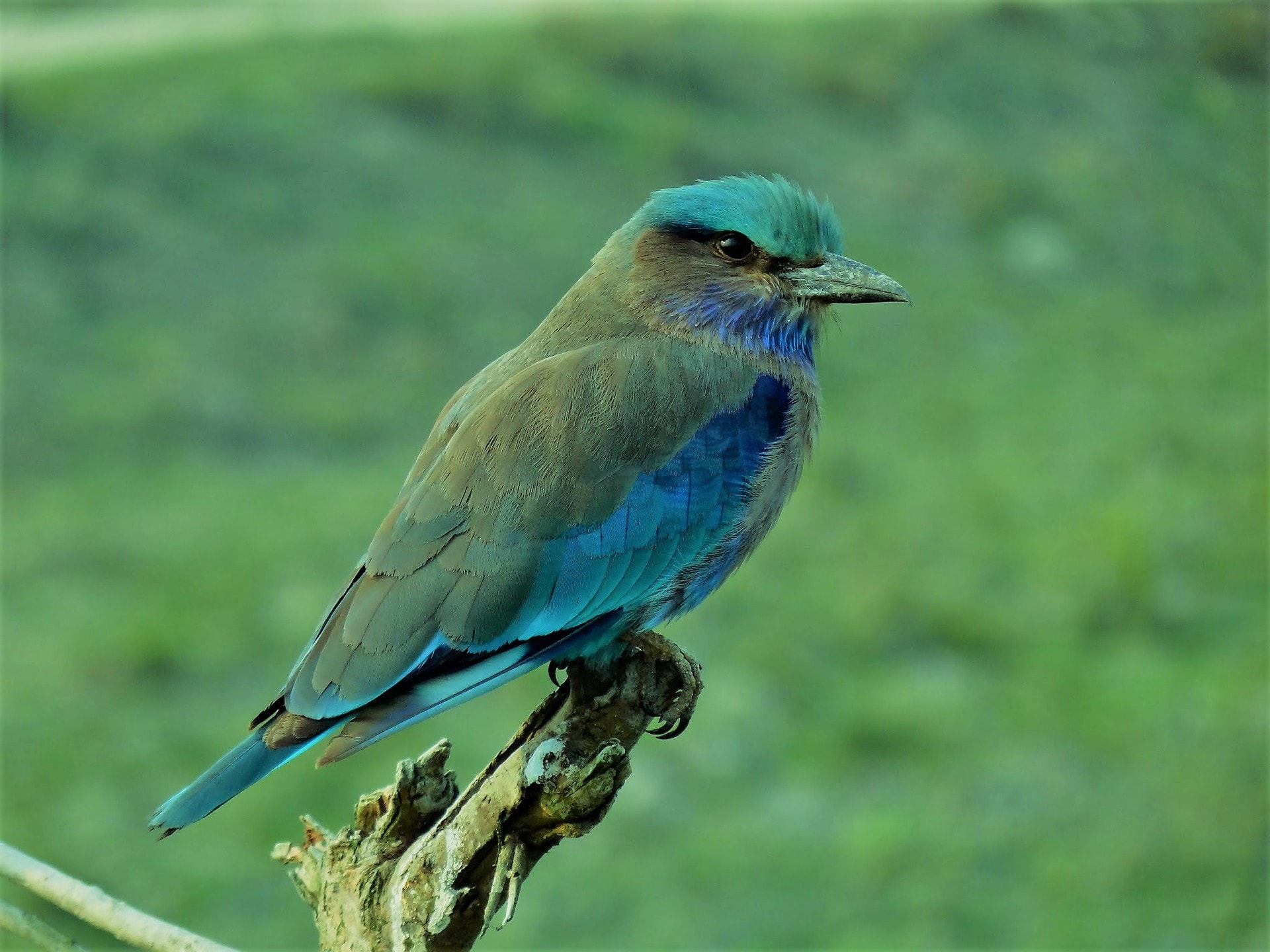Birdwatchers Paradise
- Overview
- Itinerary
- Map
- Pictures
This program guides you through a diversity of wildlife parks where you can observe the birds in a very detailed manner. Our bird guide will be along with you to spot and identify the birds. You will be walking through breathtaking areas of northeast India. Except for Namdapha NP and some remote regions of West Arunachal, all birding areas are accessible by jeep. In addition vast areas remain unexplored, waiting for the intrepid birder.
You start your journey in the Nameri National Park which covers an area of 200 Km² bordering Arunachal Pradesh. It is also the core area of Nameri Tiger Reserve (344 Km²). The Jia-Bhoreli River and its tributaries namely the Diji, Dinai, Doigurung, Nameri, Dikorai, Khari… crisscross the park. During rainy season, a few jheels also dot the area.
You continue North to the Eaglesnest Wildlife Sanctuary, located in Western Arunachal Pradesh and is the highest in elevation. Named after the Kameng river which drains the basin of Gori Chen and Kangto peaks, this region is spread below the Himalayan watershed on the borders with Tibet in the North and Bhutan in the West. The topography is truly amazing rising from the Brahmaputra Valley in Assam through tangled ridges at elevations of around 1500 m to 7080 m on the watershed of the Himalayas. It is truly a bird paradise with around 450 species of birds.
Then you head to the Pakke Wildlife Sanctuary, situated at an altitude ranges between 100 to 2000 m and covering an area of 862 Km². Walking inside the park is permitted only with a forest guard. You can also enjoy a very good birding around the areas in woodlands of forests department complex.
You return in Assam on the southern bank of the Brahmaputra River to explore Kaziranga National Park, a World Heritage Site and home to more than 75% of the world’s total population of the Great Indian One Horned Rhinoceros. It is also more than 450 species of birds.
You continue upstream along the Brahmaputra to reach Dibru-Saikhowa National Park. Located 12 Km away from Tinsukia, this park remains open most of the year. Spread across 650 km², it has the most distinct and vibrant wilderness on earth and is known for its pristine scenic beauty. With Brahmaputra River and Lohit River to its north and Dibru River to its south, the forest in this park ranges from semi-evergreen to deciduous to littoral to swampy marshes with patches of wet evergreen jungles where can be spotted more than 350 species of birds.
Last but not least, Namdapha National Park in Changlang district on the eastern tip of the state which was declared Tiger Reserve in 1983 by the government of India. Located close to Himalayan ranges, the stunning park that lies across various altitudes ranging between 200 and 4500 m elevates your spirits. The park covers a massive 2000 km² of land, containing more than 1000 species of plants, 650 species of birds, 350 butterflies and many smaller forms of life.
No details found.




